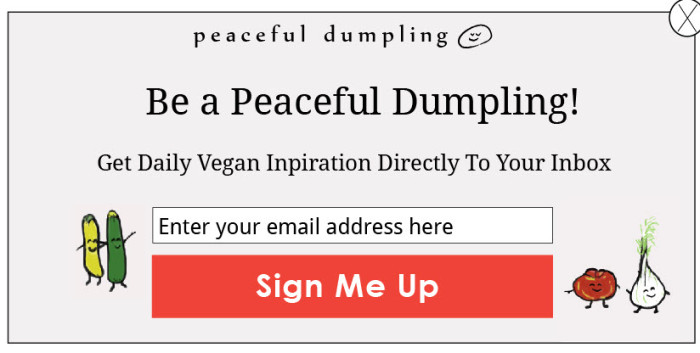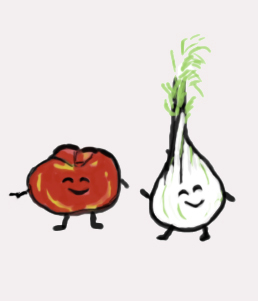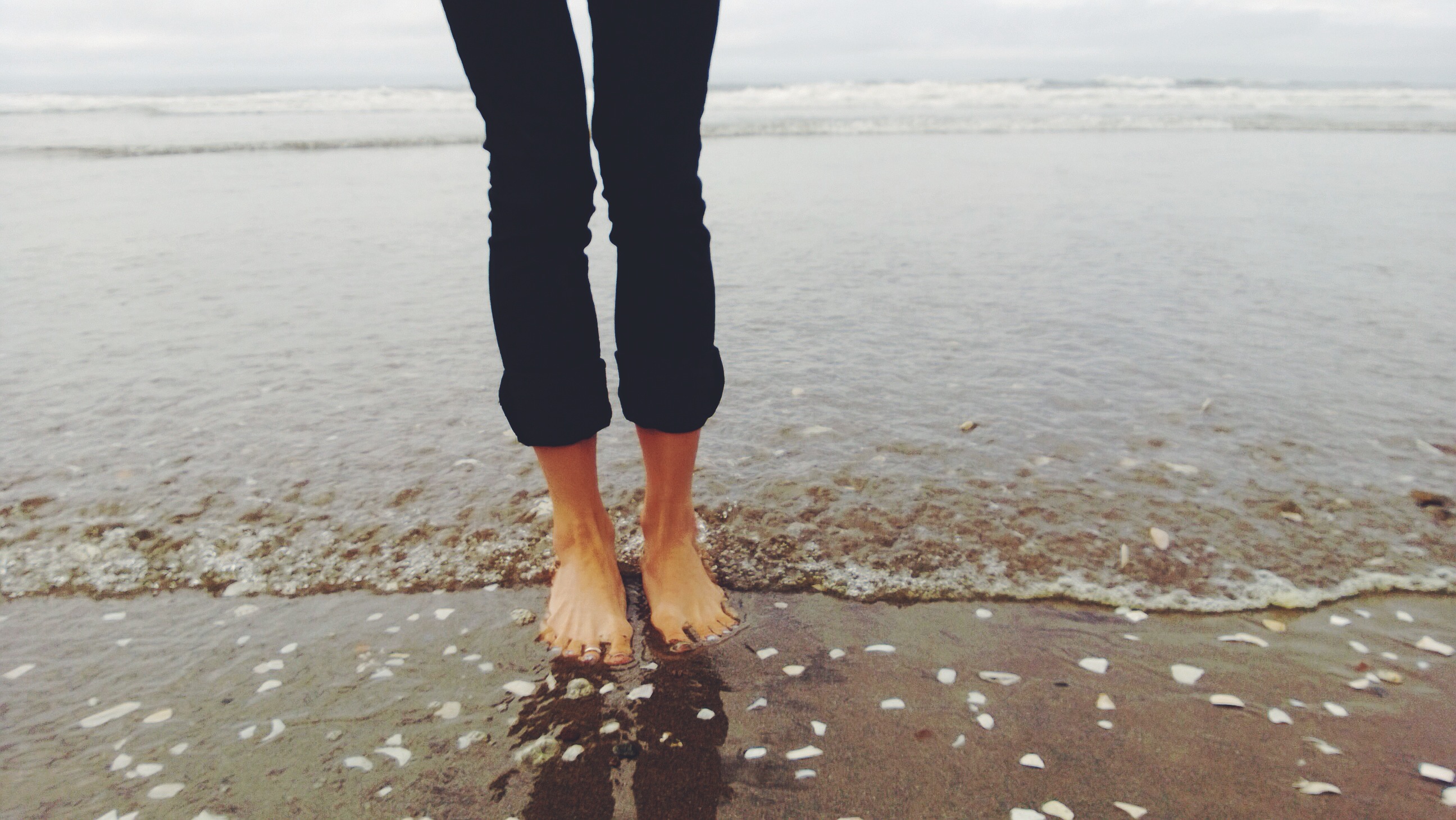When I started Peaceful Dumpling back in July 2013, I didn’t know anything at all about blogging. Looking back, I’m actually embarrassed at just how ignorant I was about it, but maybe that’s why I consented to go on this journey. Also in retrospect, I was saved by the fact that my co-founder (yeah, we’re in a relationship :)) is in digital space and knew so much more than I did. I was tremendously lucky that his vision for *how* this site should grow, and my vision for *what* this site is, just worked.
Like any self-funded, indie site, Peaceful Dumpling started out as a tiny single-column blog with very few features. I wish I could show you what our V1 (version 1) site looked like. Almost no one will remember that design (completely different from our current look) except the Old Guard editors like Jennifer, Mary, and Molly. But here’s a nostalgic pop up circa V2 or V3.
As you can clearly see, it was a lot of trial and error and *learning on the job* that made us who we are today, rather than any secret know-how. The truth is that it makes me feel really sad when I see very talented and smart people start blogs, and end up giving up months down the road. I feel sad because I hear you loud and clear, man. It’s a ridiculous uphill battle, and yes, sometimes the right thing to do is close up shop. But knowing these things below should help manage your goals and expectations so that you really can have a sustainable, successful blog. These should be helpful whether you’re thinking about creating your own blog, or have already started but feel confused or overwhelmed.
1. Blogging isn’t for everyone.
Blogging is like knitting: yes, technically anyone can do it. But it takes a certain type of person to bother with the effort of learning all the techniques–otherwise you’ll get frustrated and wonder why you started this whole stupid thing in the first place. Like knitting, blogging doesn’t look very impressive when you first start, and you have to be someone who is willing to work from a vision of what you want rather than immediate gratification. You also have to be doggedly, unreasonably stubborn. And you have to have a very specific idea of what you want to get out of this. Ask yourself honestly if you have these two qualities: stubbornness and vision.
2. Identify the purpose of your blog.
What is your blog or site here to do? This sounds so ridiculously simple, and yet blog identity crisis is the most common mistake I see. Is it to market your work as a photographer? Is it to launch your personal brand as some type of expert or a celebrity chef with TV and books in the long-run? Is it a way to attract customers to your online store? Or is it a way to stay in touch with your friends and family? Before you do anything else, know and own the purpose of your blog fully.
3. When you know what this is, you have to know exactly what you’re going to discuss.
It’s okay to experiment a little bit, but it’s in your best interest to know your focus ASAP. Don’t stray too far from your niche. If you have a “personal” blog, try to focus on just one or two subjects and not just write about whatever you feel like that day.
For instance, if I had juheakim.com, I wouldn’t post fashion selfies, diary entries, fitness posts, recipe photos, thoughts on world events…and all that. It might be amusing, but it will not be a sustainable long-term project driving its own organic traffic. Readers should always be able to immediately identify the main theme of your site. When in doubt, keep your content even more focused than you think is necessary.
4. Social media is to spread the word–but you have to *own* your content.
Readership isn’t really readership if people don’t come to your site and check out your content, adding to your traffic count. Social media should absolutely be used to drive traffic and engage with you readers, but you can’t let the platform own you, whether that’s Instagram, Tumblr, Facebook, Youtube, or what-have-you. Your full content should live on your actual website (that’s peacefuldumpling.com, not any page that lives in other domains) or whatever property you have full control over, like your newsletter.
5. Produce content consistently even if no one is reading.
There comes a point in every blogger’s life when you think, “what’s the point? Who’s reading this?” But if you cleared #1 and #2, you have to be willing to overcome this phase. It takes a long time before things start to click together. I’ve heard this from successful bloggers and site founders, and experienced it myself. The more content you have and the longer your site exists, the higher you will rank. Also, blogging is a commitment to your readers, so trying to always serve them will make a difference. I really think that’s my favorite part of PD. 🙂
In the words of vegan blogger of Jacked on the Beanstalk and PD friend Samantha Shorkey, “When you do things from the heart, people really dig that shit.”
6. You’ll make mistakes and things will break, just FYI.
Let me tell you about one mistake I made. At the beginning, I tagged every article with random words, whatever came to mind. One article had “strawberries with fish genes” as a tag (no joke). I didn’t know that was going to affect me–what was the worst thing that could happen? Someone clicks on that and gets just that one article as a search result.
Well, the worst thing that could happen is that every time you have a duplicate content for different URLs, it penalizes you in the eyes of almighty Google. So, that same crazy article (on GMOs) had “corn with human genes” as another tag. So peacefuldumpling.com/tag/strawberries-with-fish-genes basically looked the same as peacefuldumpling.com/tag/corn-with-human-genes. Over time that resulted in thousands of dupe content that was dragging us unfairly down.
You know what I did? Go back and manually erase all those dumb tags, obviously. How many hours did that take on a Friday night? Who knows. But this is just one example of hundreds of times I messed up and went back and fixed things. My advice is do your research, although no amount of prior research can prevent you from messing up anyway. At some point you become like a Zen master at tolerating your own follies. But you just have to be willing to fix things.
7. Be willing to spend a lot of time and effort.
I once met Kelly from the popular site Just a Taste. She was the sweetest and most gracious person and gave me some very good advice, too. One of the things she mentioned was that she spends an average of 8 hours on a single post. This resonated with me because I often feel embarrassed about how long it takes me to produce an article. There’s a reason why we never publish more than 4 articles a day. The longest I take is usually around 5-6 hours for a yoga tutorial. (On the days I do those, I actually don’t workout because it takes that much energy out of me).
So don’t beat yourself up if you don’t think it’s a breeze–it isn’t to anyone! Focus on giving your best, even if it takes longer than you expected.
If you have any questions about starting a blog, I’m happy to answer anything!
Get more like this–sign up for our newsletter for exclusive inspirational content!
Related: How to Become a Successful Blogger
__
Photo: https://unsplash.com/szolkin







